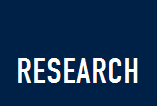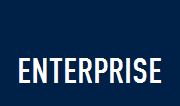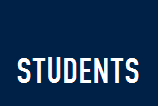Supervisors
Background
Ammonia (NH3) and carbon monoxide (CO) are important atmospheric pollutants,
contributing to the production of ozone and particulates, which are important to
air quality and also to climate change. Ammonia is generated from
agricultural processes and carbon monoxide from fossil fuel combustion,
but both are also products of biomass burning.
Concentrations of these (and many other molecules) can be retrieved from their
infrared signatures in the spectra taken by the current generation
of polar-orbiting interferometers, such as the IASI instrument on the
MetOp satellites.
Aims of the Project
Both RAL (CO) and Oxford (NH3) have developed retrieval algorithms for
IASI and the first part of the project will be to compare these results with
other sources, eg other IASI retrievals, other satellite instruments, models,
and surface measurements.
The second part of the project involves the adaptation of these algorithms
for two new satellite instruments:
- IASI-NG, the next generation IASI instruments, the
first of which will be launched in 2021 and should provide data in the
time-frame of the DPhil. This will have improved spectral resolution,
allowing more species to be retrieved and with greater accuracy.
- MTG-S, the third generation of the Meteosat geostationary satellite
which will carry an interferometer viewing the entire earth's disk every
hour. The first of these is due for launch
in 2023. Unlike the IASI instruments which are on polar-orbiters and hence
view each location only every 12 hours, the MTG-S will allow
the full diurnal cycle to be observed.
|

Global map of CO concentrations on 13 Aug 2018 retrieved by RAL
from infrared spectra taken by the IASI instrument on the MetOp-A satellite.
Note the high concentrations associated with pollution events, including the
Canadian wildfires. The white areas represent gaps in the IASI coverage
between orbits.
Relevant Skills
Ability to write computer code in Fortran, C, IDL or Python, basic knowledge of
radiative transfer and inverse methods.
|
|










